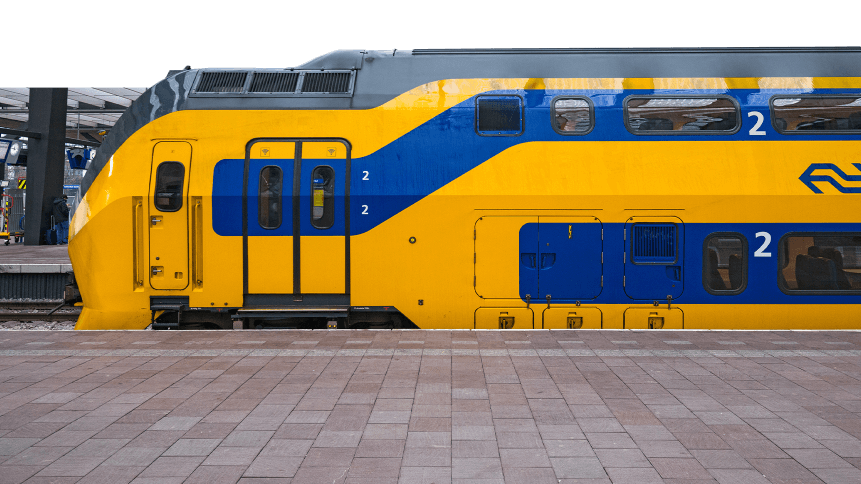How Dutch Railways uses big data to keep schedules on track

Transporting one million commuters each day, 92 percent of Dutch Railways’— Nederlandse Spoorwegen’s (NS)— trains arrive on time, making it the third-most punctual rail service in the world, behind Switzerland and Japan.
While certain delays are unavoidable— results of severe weather or obstructions on the line, for example— NS owes its industry-leading scheduling to big data analytics, thanks to thousands of sensors on its locomotives.
As reported in TNW, NS has been leveraging the power of predictive maintenance since 4G became available in the Netherlands, allowing data to be processed at much higher speeds.
Not only is this data based on the health of the vehicles themselves, but it’s also combined with check-in data and status measurement points on tracks. In total, 140 data sources converge to provide an instant snapshot of the state of operation across the company’s entire network.
NS is an example of a company that has reaped the benefits of embracing a fully data-driven approach to operations from early on. The results of that have been increased customer loyalty, thanks to services becoming more reliable and efficient; NS would be “lost” now without data analytics arm, according to the firm’s Head of Data and Analytics, Martijn Scheele.
More than 160 NS employees use big data every day, he said, while his team is now growing at a rate of 20 percent a year as data becomes increasingly core to maintaining operations.
Aside from responding to data in real-time, NS also pays close attention to the existing data it has, conducting analysis on trends and patterns that can help it continue to improve its service for rail-users, allowing it to push the envelope with new applications.
The firm’s ‘seat seeker’ app, for example, uses rail measuring solutions to calculate passenger numbers based on a train’s weight. This information is then presented to the user in a way that helps them find a train that’s likely to available seating.
“Data ensures greater availability of equipment and less delay for travelers,” said Scheele. “As a traveler, you will notice delays become even rarer. But you probably don’t realize this is thanks to a data product.”
If the ‘worst’ happens, and a train fails despite the predictive maintenance solutions in operation, NS utilizes its data and analytics systems to find a quick solution; “We can use data from station areas, including check-in data, to determine how many replacement buses should be used,” Scheele said.
In the event of an incident, NS is also able to share anonymized data with emergency services.
While NS does face certain challenges, such as data privacy compliance and continuing to transition veteran rail network specialists away from “maintenance booklets” to predictive analytics solutions, big data analytics is now impacting the entire organization and continues to enhance the NS service.
“By instilling this data-forward mindset in our whole organization, we can improve the travel experience in every conceivable way,” Scheele said.










